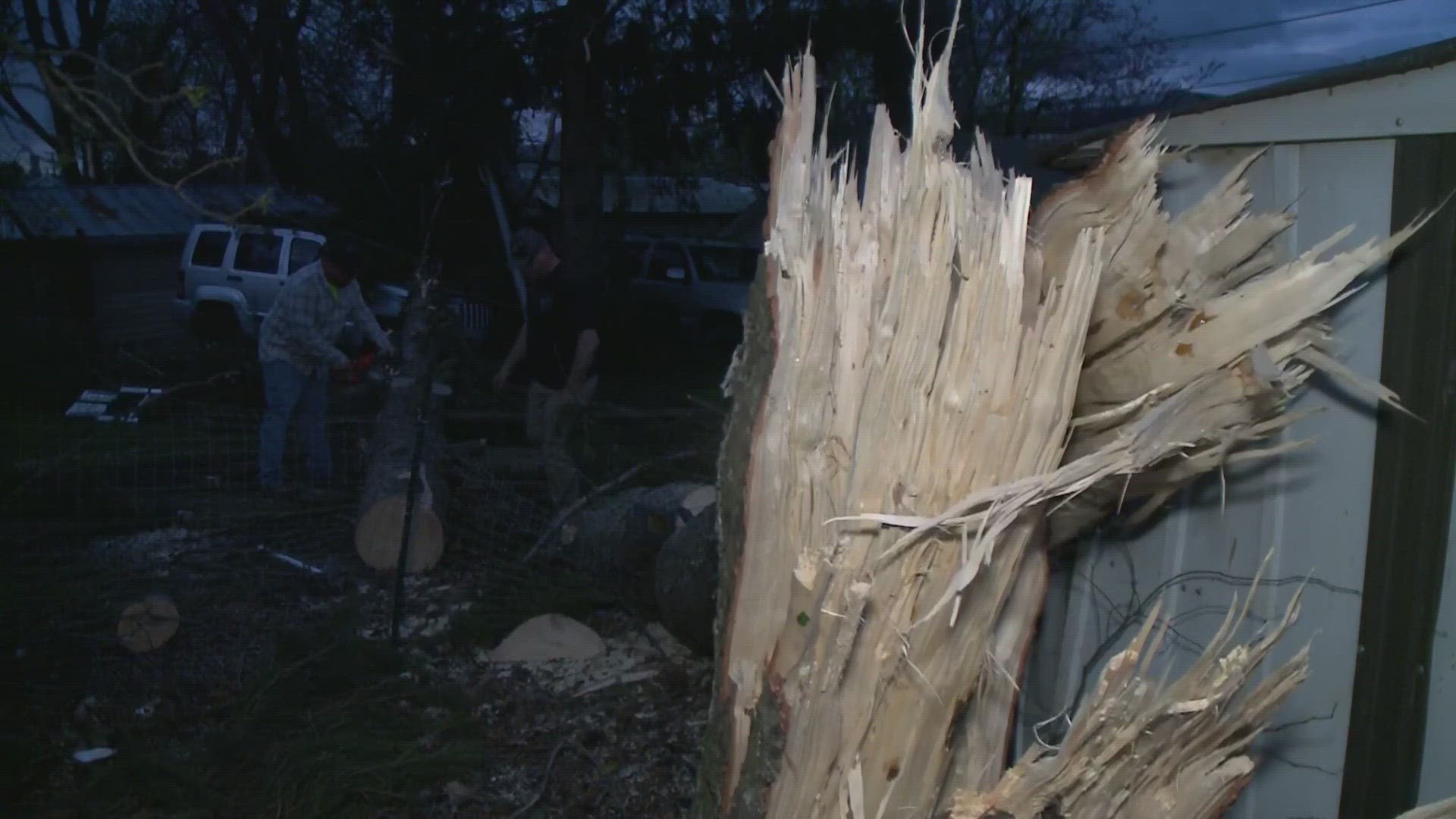COLUMBUS, Ohio — Editor's note: This story was originally published by the Ohio Capital Journal.
Researchers with the Health Policy Institute of Ohio are raising concerns about the health impacts of cash bail. This November voters will decide on a measure that could place greater emphasis on the practice.
Issue 1 would direct judges in Ohio to weigh public safety when setting the dollar amount for bail. They already take that into account for non-monetary conditions. In effect, the initiative is a way to override a state supreme court decision that made that distinction explicit. It also just so happens to put a “law and order” measure on the ballot when conservatives are hoping to maximize their voters’ turnout.
Opponents argue the effort punishes the poor and gives unfair advantages to the rich. They also note state law already carries provisions to hold truly dangerous defendants without bail. Additionally, the ballot measure might short circuit more than a year’s worth of bipartisan work on a wide-ranging overhaul of the state’s bail system.
HPIO research
The Health Policy Institute of Ohio research adds community health to the list of drawbacks associated with cash bail. Associate vice president Hailey Akah argued jails are like a petri dish.
“Jails are often overcrowded,” she explained. “People are exposed to violence and to illicit substances in jail. There’s disruption in medical care — people can’t often access their needed medications while they’re incarcerated in jail.
“And because people churn in and out,” she continued, “people are reentering their neighborhoods in rapid succession. Folks are coming back sicker, and they’re exposing others to infectious disease that they might have encountered in jail.”
A long-standing economic critique of cash bail focuses on how even a few days behind bars harms defendants. Disruptions like lost employment or child custody can ripple outward for months or years. Moreover, incarcerating people awaiting trial carries significant costs for the state.
Akah is quick to point out that, like so many other social policies, people of color are more likely to experience negative outcomes.
“We know that it’s designed so that it disproportionately impacts folks with low incomes,” Akah said, “and that Black Ohioans are more likely to experience disparities and pretrial incarceration.”
She argued cash bail doesn’t actually make communities safer. If anything, she said, its social costs tend to undermine those goals rather than support them.
“We want to live in communities that are healthy, that are safe, where families can flourish,” Akah said. “And there’s perhaps a role for the criminal justice system to play in that. But what the research shows us is that money bail is not getting us closer to that vision for Ohio.”
HPIO doesn’t have a formal position on Issue 1, but Akah acknowledged it would likely lead to greater reliance on the cash bail system their report critiques.
As for what Ohio should do instead, she contends courts should start with a preference for release on recognizance. That condition is a formal promise to return for your court date. HPIO’s report cites New Jersey and large counties in Illinois and Texas that instituted similar policies with no significant chance in recidivism.
HPIO’s report also applauds pretrial service efforts in two counties in Maryland and Washington, that send reminders about court hearings and offer behavioral health support.
Read more: Ohio Capital Journal
MORE HEADLINES:
Editor's note: Video in the player above was originally published in an unrelated story on Sept. 21, 2022.



